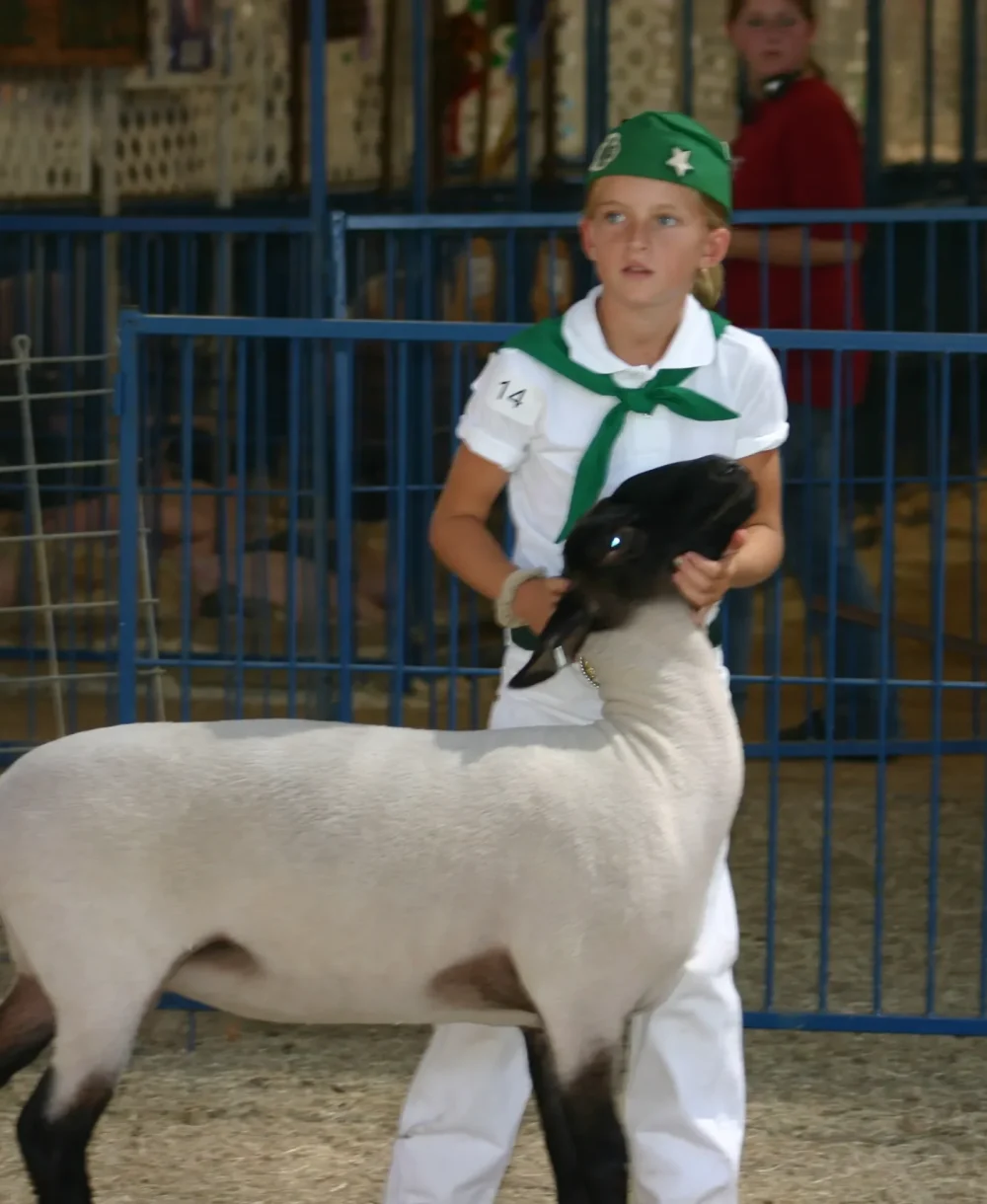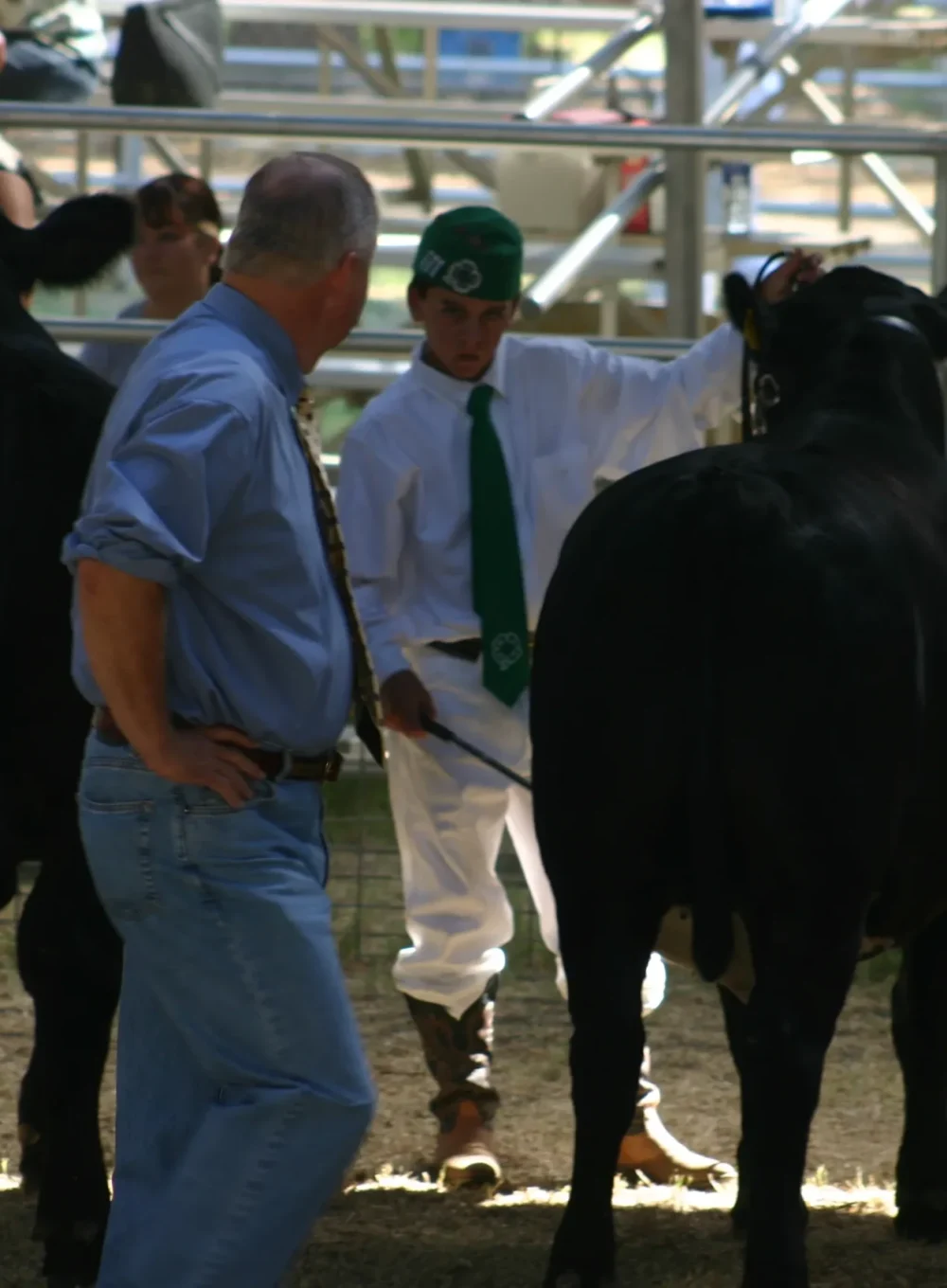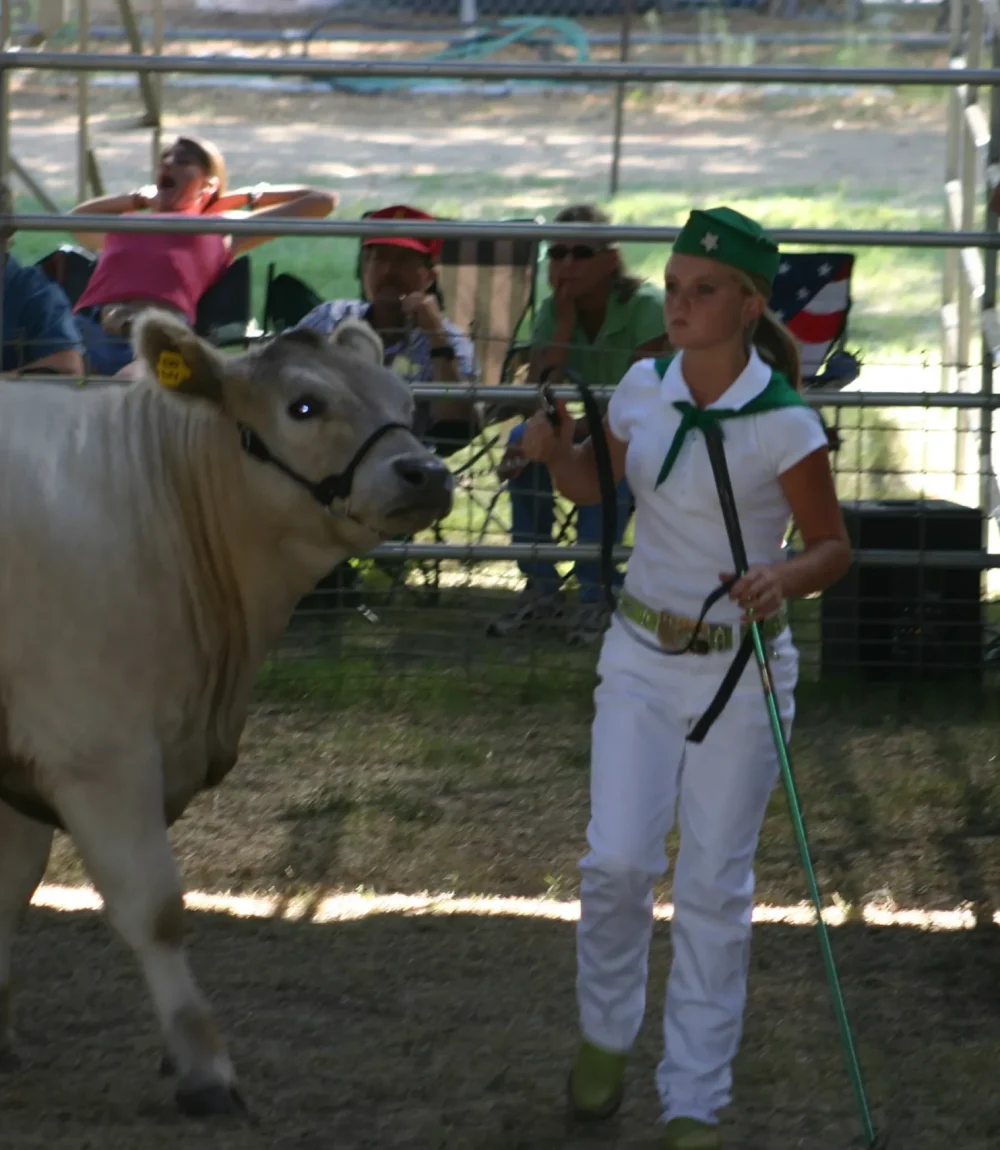A step-by-step guide to getting high-quality local meat while supporting local 4-H and FFA youth
Have you ever been to a livestock auction at your local fair?
If not, you’re not alone. We’d argue it’s one of the most rewarding ways to fill your freezer. With the Ramona Junior Fair just around the corner (Auction Day is August 2), now’s the perfect time to explore why buying meat at the Fair is a tradition worth joining.
Whether you’re a curious first-timer or someone who’s watched from the sidelines, this guide will walk you through the why, how, and what-to-expect of buying meat at a local Fair Auction.
Why Buy Meat at the Fair?
Buying meat at the fair is about so much more than just what ends up on your plate (though we’ll get to that too).
When you purchase an animal at a fair auction, you’re supporting local 4-H and FFA (Future Farmers of America) students—many of whom have spent the past year raising and caring for their animals with tremendous dedication. These kids learn responsibility, animal science, time management, and the value of hard work. Your purchase directly supports their education and future.
Why Buy Meat at the Fair?
Buying meat at the fair is about so much more than just what ends up on your plate (though we’ll get to that too).
When you purchase an animal at a fair auction, you’re supporting local 4-H and FFA (Future Farmers of America) students—many of whom have spent the past year raising and caring for their animals with tremendous dedication. These kids learn responsibility, animal science, time management, and the value of hard work. Your purchase directly supports their education and future.
And as for the meat? It’s some of the highest quality you can find. These animals are typically raised on high-grade feed, with careful attention to their health and well-being.

That often translates into better-tasting, more nutrient-dense meat compared to what’s at the grocery store
“Home grown” isn’t just a buzzword, it means the meat is raised with care, close to home, and often with fewer antibiotics or stress factors than in large-scale commercial operations. Many fairs also offer professional butchering and custom processing, so you can choose how your meat is cut, wrapped, and even seasoned.
Buying meat at a local Fair is a great way for families, restaurants, or local businesses to stock their freezer while making a real difference in a young person’s life.

What to Expect at the Fair
At the Ramona Fair and others like it, kids from local 4-H and FFA programs bring animals they’ve raised (steers, pigs, lambs, goats, poultry, and even rabbits) to compete in shows and eventually be auctioned off to buyers like you.
Here’s How It Works:
- Show Days (July 31–Aug 1): Students “show” their animals to a judge, who evaluates them based on health, muscle quality, and how well the student handles the animal. This determines placement (1st, 2nd, 3rd, etc.), which can affect how much the animal brings in at auction.
- Auction Day (August 2): Buyers gather in the arena, usually in grandstand seating, and bid on animals one by one. Auctioneers keep things lively (and quick!), so it helps to know what you’re looking for in advance.
How to Participate
- Register as a Buyer: Head to the Buyer Registration booth before the auction begins. You’ll receive a bidder number and sign so you can participate when the bidding starts.
- Choose Who (and What) You’d Like to Support: Some people go in looking for a particular animal—say, a lamb or a steer for the freezer. Others are there to support a neighborhood kid, friend of the family, or local school. Either way, you can decide what matters most to you: quality, cut, connection—or all three.
- Know Your Price Range: Before the auction, decide how much you’re willing to spend, especially knowing you’re supporting a local student and getting a higher-quality product. Each auction animal is sold “by the pound,” based on live weight. The final price will be the price per pound multiplied by the animal’s weight. (More on how much meat you’ll actually take home below.)
- Team Up: Not ready to take home a whole cow? You’re not alone. Many buyers split animals with friends, neighbors, or family members. It’s a great way to sample fair-purchased meat without needing a walk-in freezer. Just make sure one person bids on behalf of the group.
Whether you go solo or in a group, the goal is the same: support local youth and bring home incredible meat you can feel good about.
What Happens After the Auction?
Once you win your bid, the fair takes care of most of the logistics:
- The animal goes straight to a local processor/butcher (no, you’re not bringing home a live steer in your pickup).
- You’ll select your custom cuts—steaks, ground, roasts, etc. The processor will package and freeze the meat. You’ll be notified when it’s ready for pickup.
You’ll pay:
- The auction price to the fair (which goes to the student who raised the animal), and
- A processing fee to the butcher (typically based on the animal and how you want it cut).

Don’t Forget: Freezer Space!
A steer or hog yields a lot of meat. Here’s a rough guide for what to expect:
Animal | Avg. Live Weight | Approx. Meat Yield | Freezer Space Needed |
Lamb | 120 lbs | ~90 lbs | 3-4 cu ft |
Pig | 250 lbs | ~150 lbs | 5-6 cu ft |
Steer | 1,200 lbs | ~500 lbs | 12-16 cu ft |
Tip: Label everything clearly when you load up your freezer. You’ll thank yourself later when you’re digging for pork chops in January.
Final Thoughts: It’s More Than Just Meat
Buying meat at the fair is a win-win-win: you get high-quality local protein, you support young agriculturalists, and you keep your food dollars circulating in your own community.
It might feel a little intimidating at first, but once you go through the process, you’ll wonder why you didn’t start sooner.
So grab a friend, clear some freezer space, and come join us on Auction Day: August 2 at the Ramona Junior Fair. Even if you’re just coming to watch this year, we promise—it’s worth it.
Let me know what you’d like to revise—tone, format, length, more guide-style tips, or local callouts (we can add a bit more Elston’s flair at the end too if you like).
–
Elston Hay & Grain
For over 55 years, Elston’s has been San Diego’s go-to for animal care and rural living. We proudly support generations of horse lovers, livestock caretakers, pet owners, and home growers with top-notch hay, feed, and supplies. Rooted in ranching and built on friendly know-how, we’re here to help you care for your animals with confidence. Whether you’re raising chickens, feeding a stable, or spoiling your pup, here at Elston’s we’ve got what you need.
Shop online or visit us at our locations in Ramona and Poway. We proudly deliver to all of San Diego County, including Escondido, Lakeside, Warner Springs, Julian, Ranchita, and South County. https://shop.elstonhayandgrain.com/
